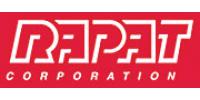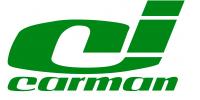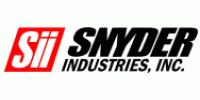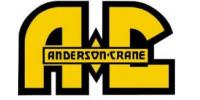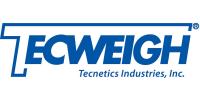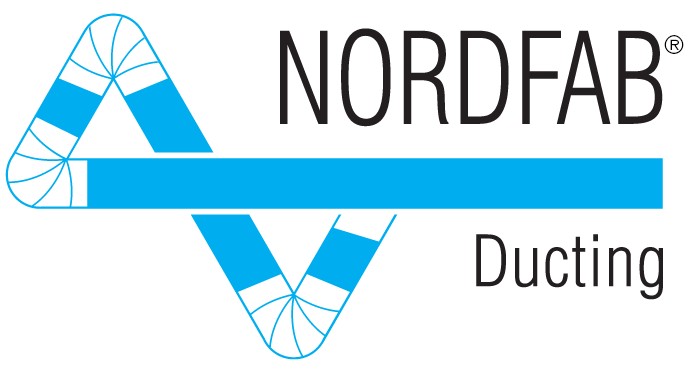Explaining Pneumatic Conveying Systems (Dense & Dilute Phase):
Let us design a pneumatic conveying system to suit your product and needs from sanitary to industrial, high-strength construction. They can be stainless steel or carbon-steel pressure vessels and custom-designed to suit your existing systems or new installations.
Many people don’t understand the difference between dense and dilute phase conveying. The difference between dense phase conveying and dilute phase conveying is that, in the case of dense phase conveying, solid to air ratio is high (above 12) (i.e) and 1 kg of air or conveying medium is used to convey more of the solids. Normally, the three phases are represented as follows:
- Dilute Phase = solid to air ratio up to 6
- Medium Phase = solid to air ratio from 7 to 13
- Dense Phase = solid to air ratio beyond 14
Since less of the air or any other gas media is used for conveying a larger amount of solid, the compressor motor rating will be less in case of dense phase conveying, which results in less specific power consumptions (i.e kwh/ton of material conveyed).
In dense phase conveying, due to a lesser amount of air being used, the conveying velocity is less compared to lean phase conveying; however, the velocity of conveying media should not be less than the terminal settling velocity of larger particles in the material.
The flow of material in dense phase conveying is not continuous—it is plug flow, and the material moves in pockets.
All material is not suitable for dense phase conveying. Some material which is normally conveyed by lean phase and medium phase pneumatic conveying systems cannot be conveyed by dense phase pneumatic conveying. It is purely dependent on the fluidization behavior of the material.
In case of dense phase conveying pressure, drop is more; hence, you require a pressure vessel associated with gas tight valves etc. for pumping material.
Hence, the investment cost is more in the case of dense phase pneumatic conveying, but operating cost is less due to less power consumption and less wear of pipe lines bends.
The power consumption of dense phase pneumatic conveying systems for any material is like an inverted “U.” The compressor motor rating will decrease as it goes on and increase the solid to air ratio, but beyond a certain point, the motor rating of compressor will start to increase as we increase the solid to air ratio because the increase in the pressure drops across the conveying line. So solid to air ratio should be at this optimum value only.
Normally, before selecting any kind of high solid to air ratio for particular material in the view of designing a dense phase pneumatic conveying sytem, those materials should be tested in a pilot plant for its fluidization behavior or there should be a proven record/earlier reference to using a dense phase system for that material.

